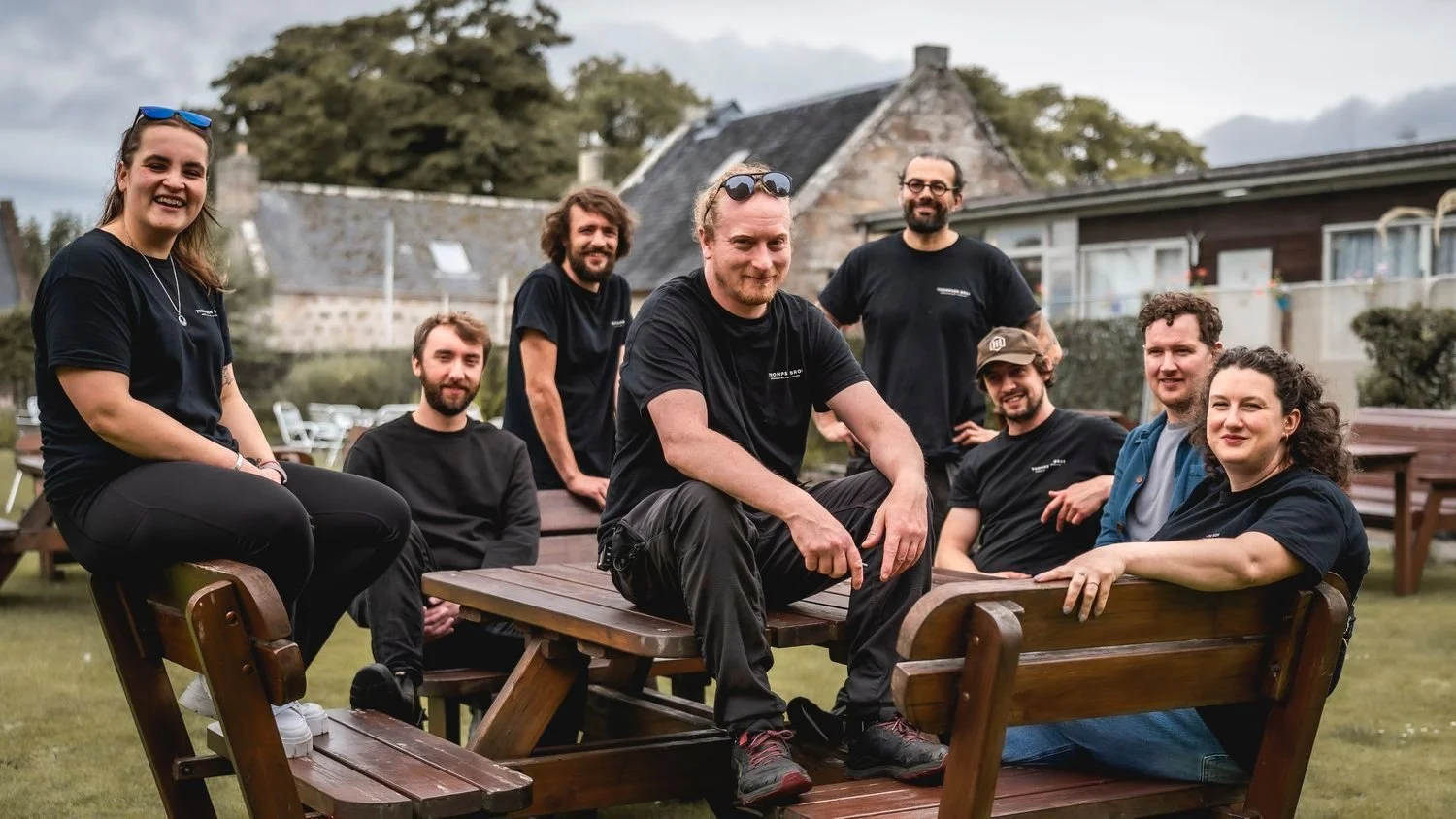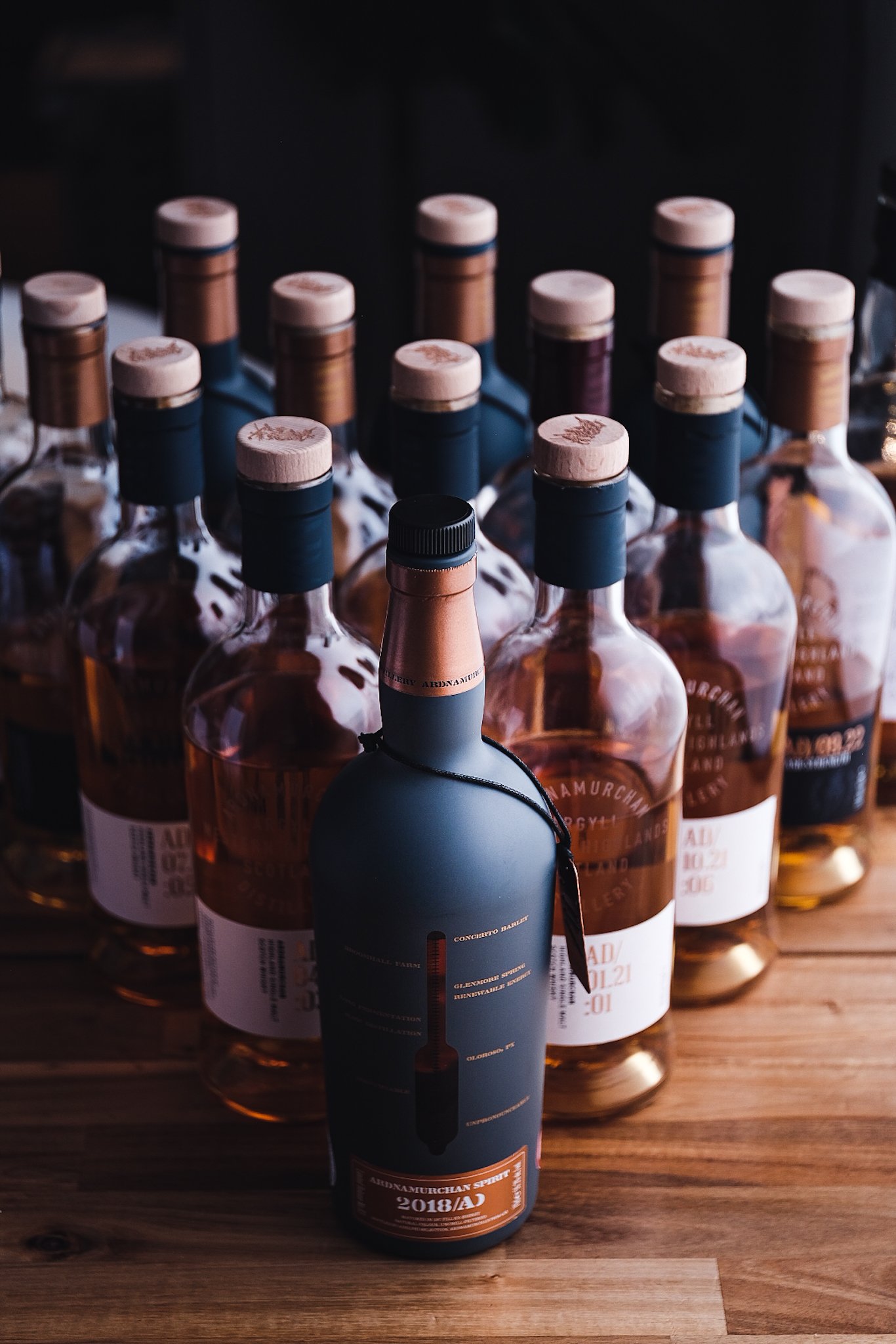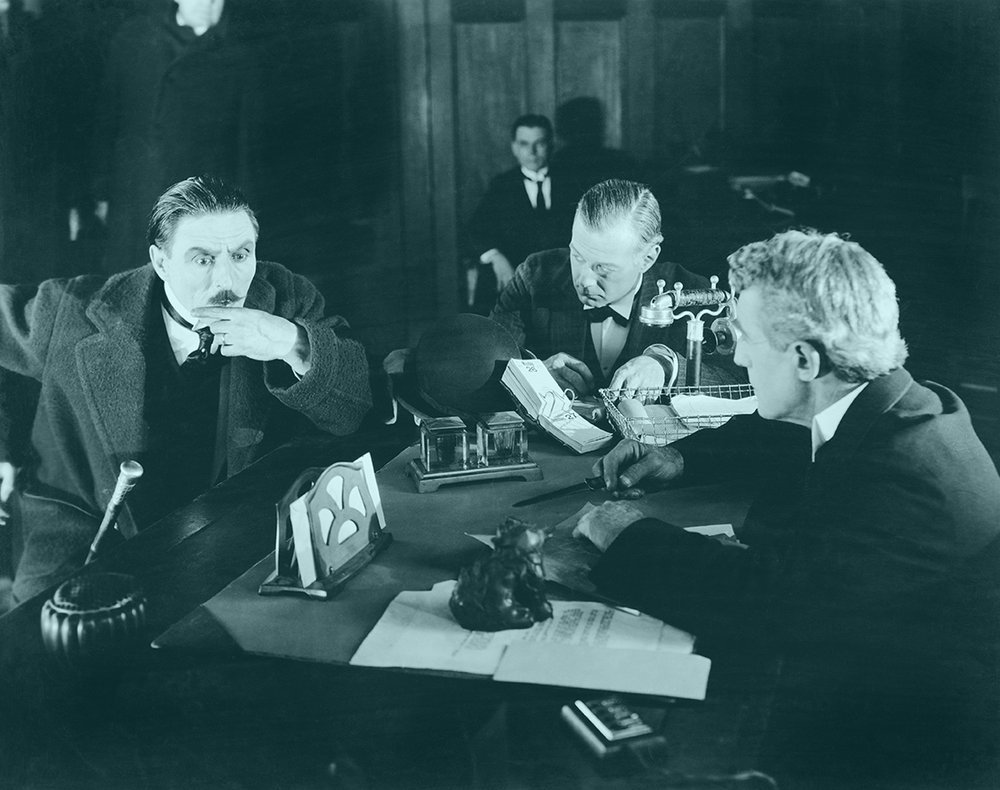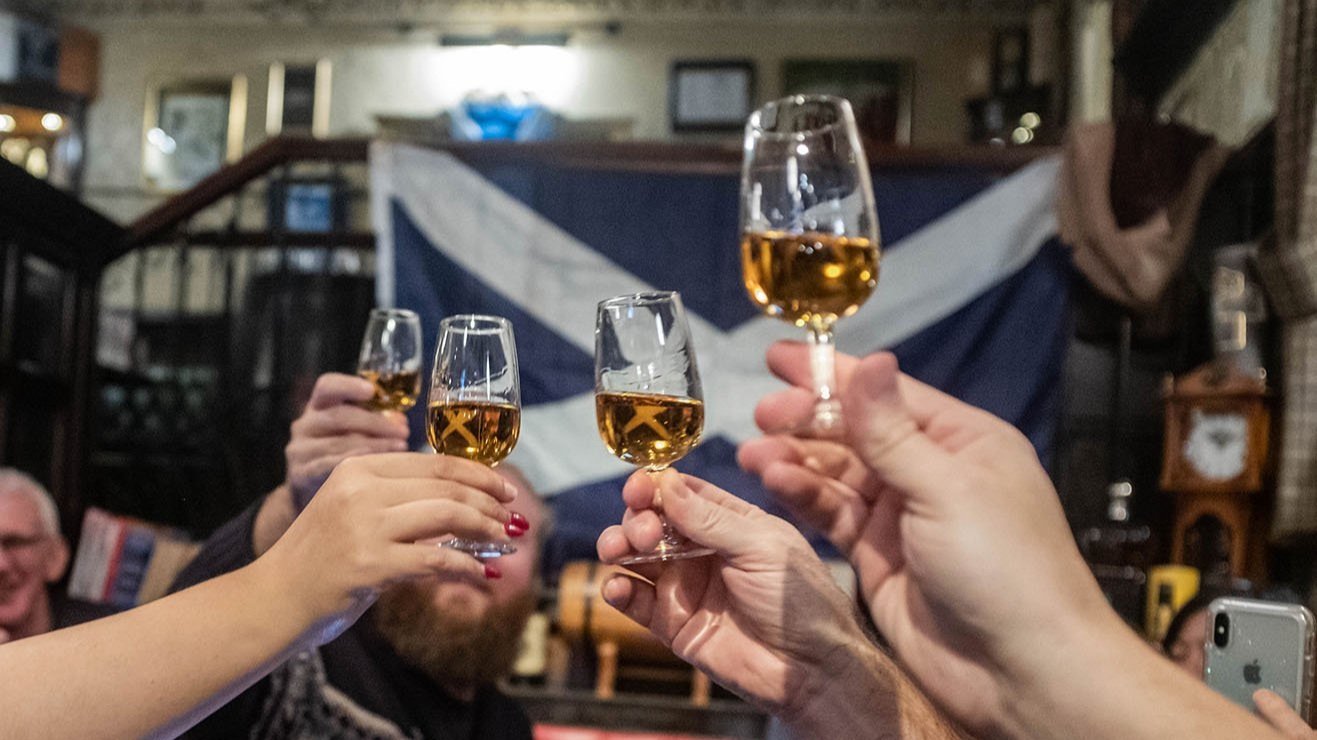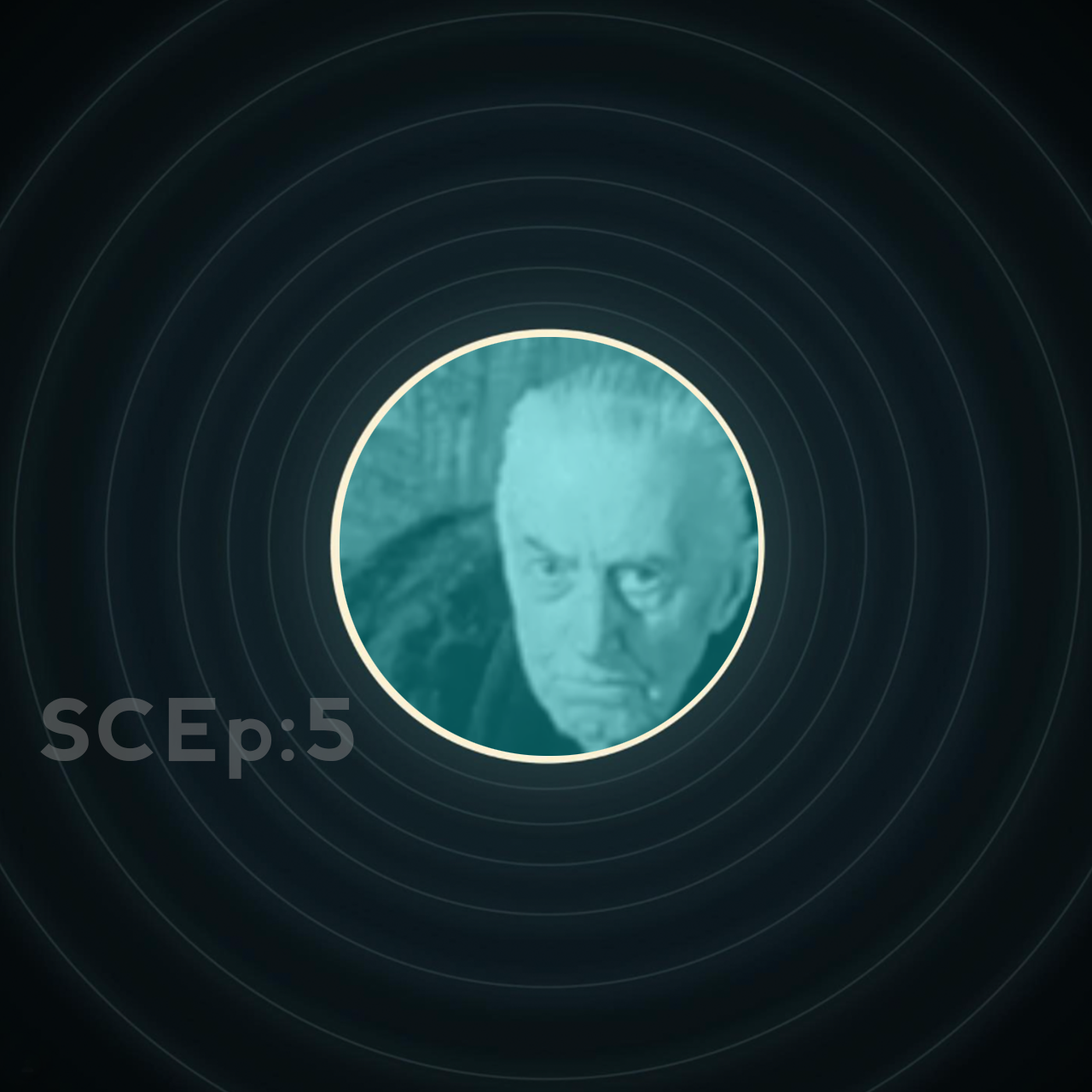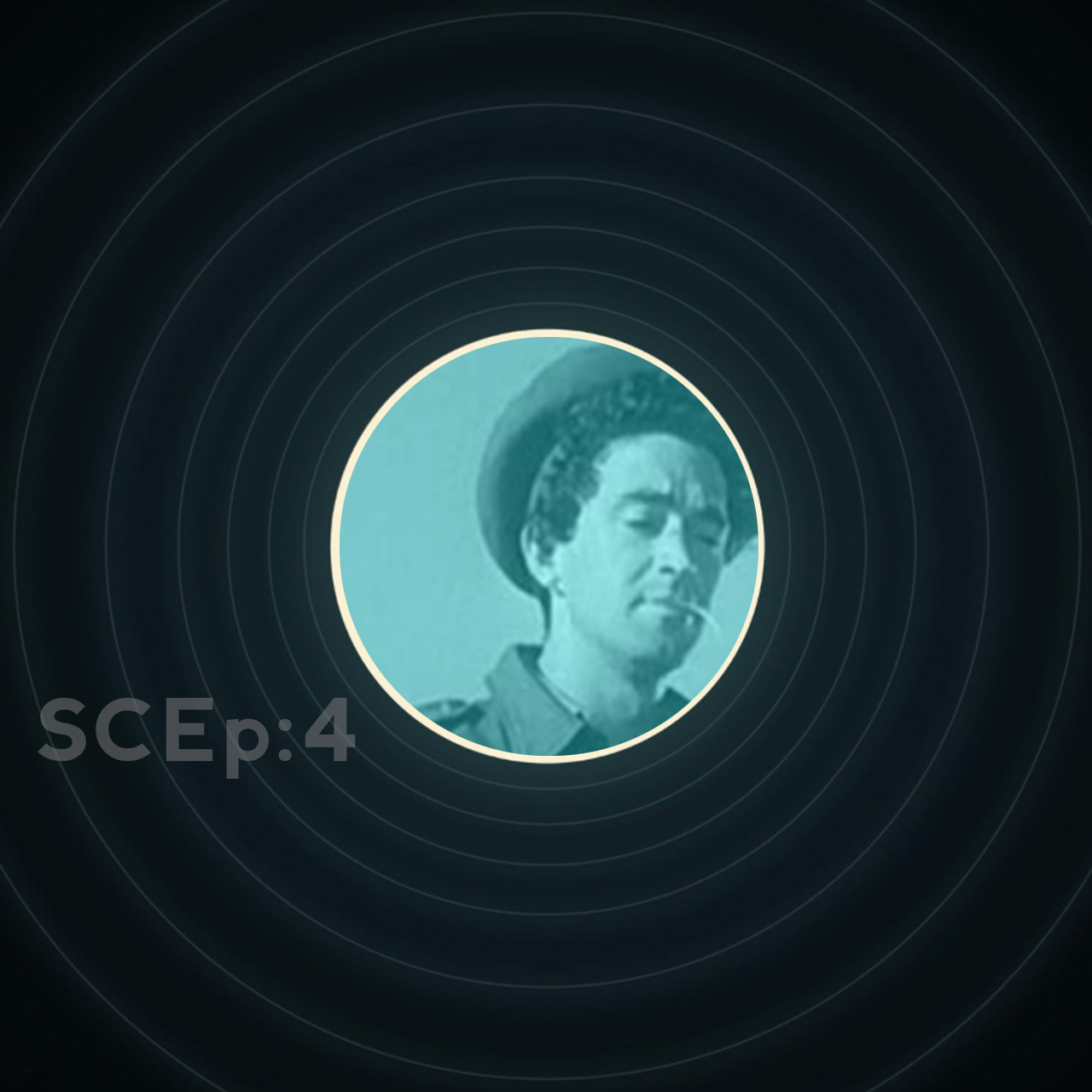The Blender Files: Michael Henry
Loch Lomond Group, (Loch Lomond & Glen Scotia)
In Arthur’s fascination to understand a little more about industry roles, he’s reaching out to the folk on the front lines. This is the third in his series of The Blender Files.
#3 Michael Henry, Loch Lomond Group
What’s your job title at Loch Lomond Group? And what do you do there?
I am the Master Blender for the Loch Lomond Group and I am responsible for the whisky we release under the names of our three distilleries Loch Lomond, Glen Scotia and Littlemill and the whisky that we sell to third parties. I lead a small team and together we look after developing new expressions, our single and exclusive cask program, spirit supply to our bottling plant, stock management planning the future supply to support our brands, wood management and spirit development and bulk supply of spirit to third parties.
You studied chemistry and biology before becoming a blender. Have these disciplines influenced the way you work?
I did my degree in Brewing and Distilling at Heriot-Watt University in Edinburgh where biology and chemistry made up a large part of the course. It gave me a thorough understanding of the whisky making process from field to glass that has shaped my approach to whisky making by opening up the possibilities for flavour at each stage.
The chemistry side has helped me understand the flavour creation at specific points through the whisky making process like the flavour potential of different cereals in mashing, the separation of flavours through distillation in the spirit run and with wood how different methods, intensities and temperatures used in heat treating oak release and form different flavours from the oak.
The biology side has given me a deep appreciation for yeast and the huge flavour potential that they can deliver through different strains of yeasts and how we as distillers treat the yeast in terms of what nutrients we supply them in the wort and the conditions we provide during fermentation. With oak having a biology background helps understand how growing conditions change the structure of the wood and the flavour that it can provide.
Do you have rules of thumb for blending?
There are some guidelines that I generally work with. Having a main or lead component when putting together a whisky, either a single malt or a blend, is important to give it a strong identity. From this starting point one or two secondary components can add complimentary layers of flavours. This is important as it gives the whisky structure and a clear character or direction. Using a number of components at the same percentage composition tends to round out the flavours with the individual flavours merging together. This can then lead to certain rations working well across three of four components such as 60/20/20 or 75/20/5.
The character of peat changes as the percentage of it in a recipe increases. At low levels peat can act as a seasoning, typically less than 5%, adding depth without adding a definable peat character. Between 5-10% it then starts to come through on the finish and small increases have a greater impact on the flavour. From 20% or so of the overall composition of the malt (either as a single malt or as the malt portion of a blend) there is a decreasing impact for increases in the composition adding small increases in the smokiness for larger increases in the peated portion.
Straight-neck still (left) and swan-neck still, Loch Lomond Dsitillery
You’re responsible for both single malts and blends at Loch Lomond Group. How do these products differ from a blender’s point of view?
They differ in the raw materials and styles of distillation used to make them but from a blenders point of view the process of bringing together different flavour components to achieve a whisky that is enjoyed is very similar.
The starting point is defining what you want the person who will drink the whisky to experience and feel. It is important to have that end goal and direction for the blending process as it then helps you to select components that you think will work.
For a single malt this can be different ages, styles of spirits or wood types from the same distillery and for a blend it can be spirit from different distilleries.
The one main difference is with blends you have the additional step of combining the malt portion with a portion of grain whisky. The grain whisky can have various interactive effects depending on malt/grain split - it can compliment the flavours in the malt portion, open them up deepening the taste experience or soften and round bigger flavours.
This final step is important to me as I see a huge potential for exciting new whiskies coming from this approach. The last few years have seen significant development in the grain whisky category with distillers changing their approach to grain in that it is distilled for stand alone flavour rather than as a blending component. When we take these strong character grains and then use them for blending as equal components to single malts we open up a new world of flavour possibilities.
The Distiller’s Edition series releases experimental bottlings, each focussing on a different aspect of whisky, such as fermentation time or yeast varieties. How did this series come about? How do you get new ideas for each edition?
The series is something that I had been wanting to do for several years. I often hear people commenting on the Scotch Whisky Regulations and how they limit innovation within Scotch whisky, how we need to change them and reduce the restrictions on Scotch producers to stay competitive without whisky producing countries which I disagree with.
I fully support the Scotch Whisky Regulations and think they are vital in giving Scotch its unique identity. To use sport as an example if you think of football and rugby, two very similar games in principle, it is the sets of specific rules or laws for each sport that defines them and creates the differences between them. In the same way it is the rules governing the production of Scotch whisky that sets it apart from the likes of Irish whiskey or bourbon.
With Loch Lomond we really focus on creating flavour through how we distil and in the Distillery Editions series I want to show the potential that we have as distillers in Scotland to produce new, thoughtful whiskies that challenge, engage and excite whisky drinkers.
We have been using different distillation styles, peat levels and distilling yeast for over twenty five years and they have become part of our core offering. Our study of wine yeast started almost twenty years ago, the use of different cereals in grain distillation over 15 years ago. In the last ten years we have looked at increased fermentation times, control of take off strength to improve flavour depth on grain, different cereals for grain and expanding our yeast work to include beer strains.
This work has given us a library of more technical spirits, with more flavour impact from how they have been distilled that we are building stock of with a view to preparing them to be used in our core range releases.
While we are building stock of them and adjusting our production processes to get the most flavour they give me options for releases as part of the Distillery Edition series. The series itself allows me to bring out whiskies that are more spirit focused that show the flavour potential within the Scotch Whisky Regulations categories and demonstrate how much freedom we have as distillers to try different approaches to the whisky making processes that we have. Importantly for me the scale of the series means that it gets these spirits that I find exciting and engaging into the hands and onto the lips of whisky drinkers that I would otherwise not have been able to get released.
Steam & Fire. De-char re-char at Loch Lomond’s on-site cooperage
What other alcoholic drinks are you fond of?
Beer was my favourite drink before whisky, I would have been out socialising much more and beer was a more natural part of that. I still enjoy beer now, there are times when something cold and wet is needed and beer is perfect for that. Other times when I’m looking for more flavour and more interaction with what I’m drinking I’ll take a classic like Timothy Taylor Landlord or I’m currently enjoying beers from the Lacada brewery near where I’m from in Northern Ireland.
I enjoy the wide scope of red and white wine, the differences in grape varieties and styles of wine based in the countries that they are produced. Wine offers me the challenge of the flavour chase without the association of work so gives me a clear break to enjoy flavour without having to engage a deeply analytical approach.
The pairing of wine with food is perfect for experiencing flavour interactions without having to think too much about why they are happening.
What non-alcoholic drink are you particularly fond of?
Working in the alcohol industry it is important for me to talk about enjoying whisky in a responsible way. I think whisky has a huge amount to offer from how it stimulates interaction and friendships, enhances special moments and celebrations to the physical enjoyment of the taste of the whisky. We must have respect for ourselves and each other in how we drink not just whisky, to be aware of our alcohol intake and to always drink in a way centres on enjoyment.
There has been a real step change in the quality of non-alcoholic beers and this gives me a non-alcohol alternative in situations where I would otherwise having been drinking alcohol and helps me reduce my overall intake. I find I am drinking beers like Guinness Zero and Peroni Zero based on taste ahead of their alcohol containing versions.
When it comes to pure flavour and finding a non-alcoholic drink that satisfies my flavour curiosity I love coffee. The whole way there can be so much variation in flavour from the origin of the beans, how and where they are grown, how they are roasted and then the processes involved in making the coffee.
In a previous interview, you describe nosing between 150-200 cask samples over two afternoons. How do you escape nose fatigue?
Nosing for analytical purposes is very different to nosing and tasting whisky for enjoyment. The environment I work in is very neutral, white walls, quiet, to limit external inputs to the senses. When I nose analytically I reduce the strength to 25% using room temperature water and have the spirit also at room temperature to reduce any cold effect on my sense of smell. Reducing the strength of the spirit reduces alcohol desensitisation of my sense of smell and allows the flavour profile of the spirit to open up and individual flavours to be picked out more easily.
I divide the samples into batches of 40-50 and nose one batch at a time with a minimum of one hour in between. I work more with my nose than taste, nosing every sample in the batch and tasting about 20% of them. That way I keep my sense of smell and taste fresh over the course of the afternoon.
How does your approach to blending differ from your approach to drinking?
The most significant difference between blending and drinking is that for blending I have to set aside my own personal preferences and put myself in the place of the end consumer. I think about what they are looking for from that particular whisky and approach the spirit in a very analytical way assessing the flavour profile and how it compares against the target flavour profile that I think they would look for in that whisky.
Thanks to Michael at Loch Lomond and Glen Scotia Distilleries. Click here to see where they’re placed in our community Top 40.
AB
-
Dramface is free.
Its fierce independence and community-focused content is funded by that same community. We don’t do ads, sponsorships or paid-for content. If you like what we do you can support us by becoming a Dramface member for the price of a magazine.
However, if you’ve found a particular article valuable, you also have the option to make a direct donation to the writer, here: buy me a dram - you’d make their day. Thank you.
For more on Dramface and our funding read our about page here.






